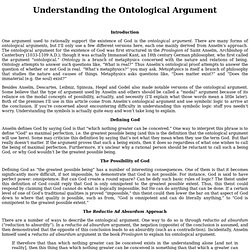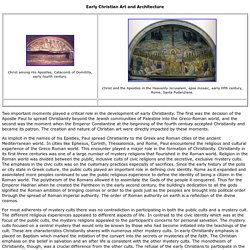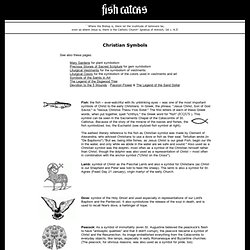

Understanding the Ontological Argument. Introduction One argument used to rationally support the existence of God is the ontological argument.

There are many forms of ontological arguments, but I’ll only use a few different versions here, each one mainly derived from Anselm’s approach. The ontological argument for the existence of God was first structured in the Proslogion of Saint Anselm, Archbishop of Canterbury (1033-1109 A.D.); though it was actually Immanuel Kant, an 18th century German philosopher, who first called the argument “ontological.”
Ontology is a branch of metaphysics concerned with the nature and relations of being. Ontology attempts to answer such questions like, “What is real?” Besides Anselm, Descartes, Leibniz, Spinoza, Hegel and Godel also made notable versions of the ontological argument. Defining God Anselm defines God by saying God is that “which nothing greater can be conceived.” Filestore.aqa.org.uk/subjects/AQA-2060-W-TRB-U03RST3B-CEXW. Filestore.aqa.org.uk/subjects/AQA-2060-W-TRB-U03RST3B-CEWPE. Filestore.aqa.org.uk/subjects/AQA-2060-W-TRB-U03RST3B-CEWOA.
Filestore.aqa.org.uk/subjects/AQA-RST3B-W-MS-JUN10. Filestore.aqa.org.uk/subjects/AQA-RST3B-W-MS. Filestore.aqa.org.uk/subjects/AQA-RST3B-W-MS. Gothic Glossary. Free Trial Issue Subscribe Back Issue Athena Review, Vol. 4, No. 2 Glossary: Gothic Art and Architecture Altar: Elevated structure located in the choir at the east end of the church, where religious rites are performed (fig.1).

Ambulatory: Passageways surrounding the central part of the choir, which is often a continuation of the side aisles (fig.1,5). The most common design of the Gothic era was the double ambulatory surrounded by semi-circular radiating chapels such as at the Abbey Church of Saint-Denis. Apse: Semi-circular vaulted structure at the east end of the church at the termination of the choir (fig.1). Arcade: An arch or a series of arches supported by piers or columns (fig.6) Arch: Curved masonry construction that spans an opening such as a portal or window. [Fig.1: Plan of the interior at the Cathedral of St-Gervais and St-Protais (after Gonet 1998)]. Archivolt: A series of decorated, recessed arches spanning an opening such as a portal (fig.3, B). Romanesque church. John Templeton Foundation : Does the Universe Have a Purpose?
Early Christian Art. Early Christian Art and Architecture Two important moments played a critical role in the development of early Christianity.

The first was the decision of the Apostle Paul to spread Christianity beyond the Jewish communities of Palestine into the Greco-Roman world, and the second was the moment when the Emperor Constantine at the beginning of the fourth century accepted Christianity and became its patron. The creation and nature of Christian art were directly impacted by these moments. As implicit in the names of his Epistles, Paul spread Christianity to the Greek and Roman cities of the ancient Mediterranean world.
In cities like Ephesus, Corinth, Thessalonica, and Rome, Paul encountered the religious and cultural experience of the Greco Roman world. For most adherents of mystery cults there was no contradiction in participating in both the public cults and a mystery cult. The female figure who holds her arms outstretched combines two different conventions. Christian Symbols. "Crux commissa" or "thau" or "tau": the T-shaped cross is mentioned in the Old Testament and is seen as a foreshadowing of the Cross of Christ.

Ezechiel 9:4: And the Lord said to him: Go through the midst of the city, through the midst of Jerusalem: and mark Thau upon the foreheads of the men that sigh, and mourn for all the abominations that are committed in the midst thereof. The Thau of Ezechiel was itself presaged by the image of Moses's brazen serpent that he held up on a pole in Numbers 21: And the Lord said to him: Make brazen serpent, and set it up for a sign: whosoever being struck [by the "fiery serpents"] shall look on it, shall live. Moses therefore made a brazen serpent, and set it up for a sign: which when they that were bitten looked upon, they were healed.